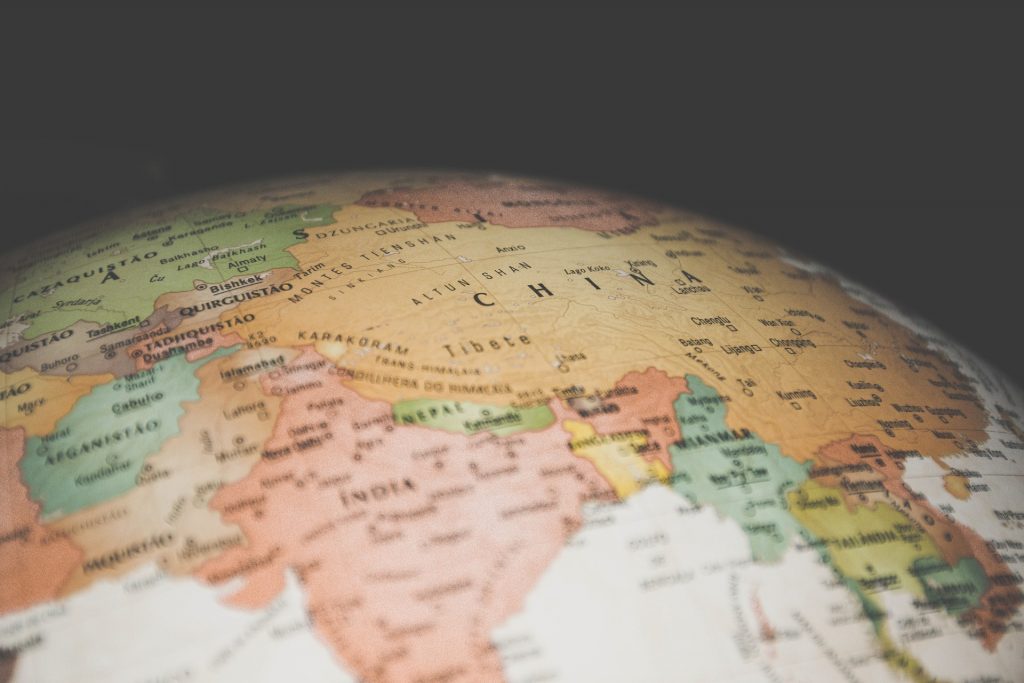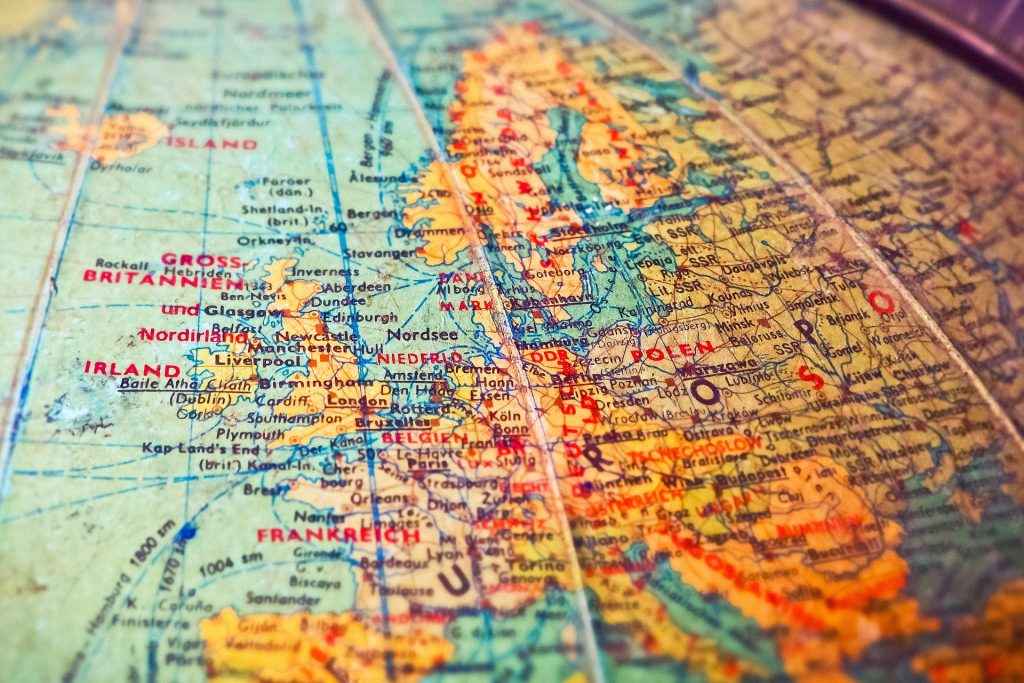Imagine a Europe that was centrally controlled. Politicians operated in a single party and controlled the economy, infrastructure, culture and lifestyles of its citizens. One year, they decide that every man, woman and child in western Europe should migrate to a different country. Every person in Germany, the UK, France, Italy, Spain, Poland, Romania, the Netherlands, Belgium, Sweden, Czech Republic, Greece, Portugal, Hungary, Austria, Switzerland, Bulgaria, Denmark, Slovakia, Ireland and Croatia is encouraged to move to a new country, say Latvia.
On top of this, the infrastructure in Latvia is non-existent, mega-cities will need to be built from scratch, entire societies will need to be brought into existence, and those new societies will eradicate the rural lifestyle that existed previously. What’s more, we have just 40 years to complete this mammoth task. Imagine the utter chaos that this would cause. Imagine the social strife, the loss of community and traditions, the re-ordering of an entire society from sleepy rural to high tech urban.
This very change has occurred in living memory. Of all the population movements in world history, none can match the scale of rural to urban migration in China. It is the single most massive demographic shift in all of human history. This mass movement of people from the countryside to cities has profoundly reshaped China’s social, economic, and political landscapes, affecting everything from labor markets to environmental sustainability. It has seen the growth of urban centers of global size virtually unheard of outside of China.
Firing the starting gun
The large-scale migration from rural to urban areas in China began in the late 1970s, coinciding with the economic reforms initiated by Deng Xiaoping. These reforms, collectively known as the “Open Door Policy,” aimed to modernize China’s economy by introducing market-oriented principles and welcoming foreign investment. The result was an economic boom that created the marvel that is modern day Chinese manufacturing.
The rate of migration has been staggering. Between 1979 and 2018, more than 500 million people moved from rural areas to cities, the majority of this migration has been from the rural north and west towards the now urban population centers of east and south China. The annual migration rate has varied over the decades, peaking during periods of rapid economic growth and declining slightly during economic downturns. As of 2020, it is estimated that over 60% of China’s population lives in urban areas, an increase from just 18% in 1978

Traditional China
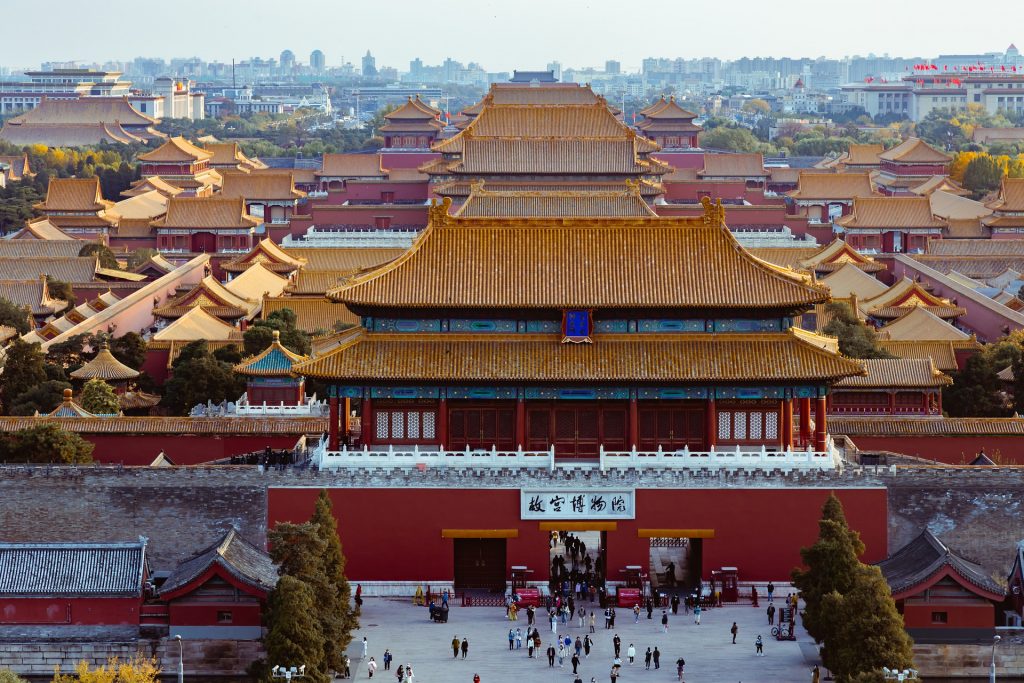
China has history and traditions that stretch back thousands of years and contain a richness to rival any other nation. It is responsible for some of the greatest feats of engineering. The 22,000 kilometers of the Great Wall of China, the Terracotta Army, the Forbidden City. Before the onset of mass migration, China was predominantly a rural society. The majority of the population lived in small villages and towns, engaging in agriculture and related activities.
The traditional demographics were characterized by large extended families living in close-knit communities with limited access to modern amenities and infrastructure. Its rural population was responsible for some of the invention of technologies such as paper, silk, gunpowder, decimal mathematics, and the game of chess. It produced some of the world’s first literature and art, architecture and sculpture. Its culture had persevered through wars and invasions, famines and natural disasters. Its rural population was doing just fine.
Disaster Strikes
The Chinese government’s policies have been virtually entirely responsible for the migration. Before the drive for urbanization, the “hukou” system, a household registration system, traditionally restricted rural inhabitants’ ability to move freely through the country. Its aim was to tie its rural farmers to the land that they worked and ensure a steady supply of food and commodity goods that could be traded, and it sort of worked. China kept on keeping on.
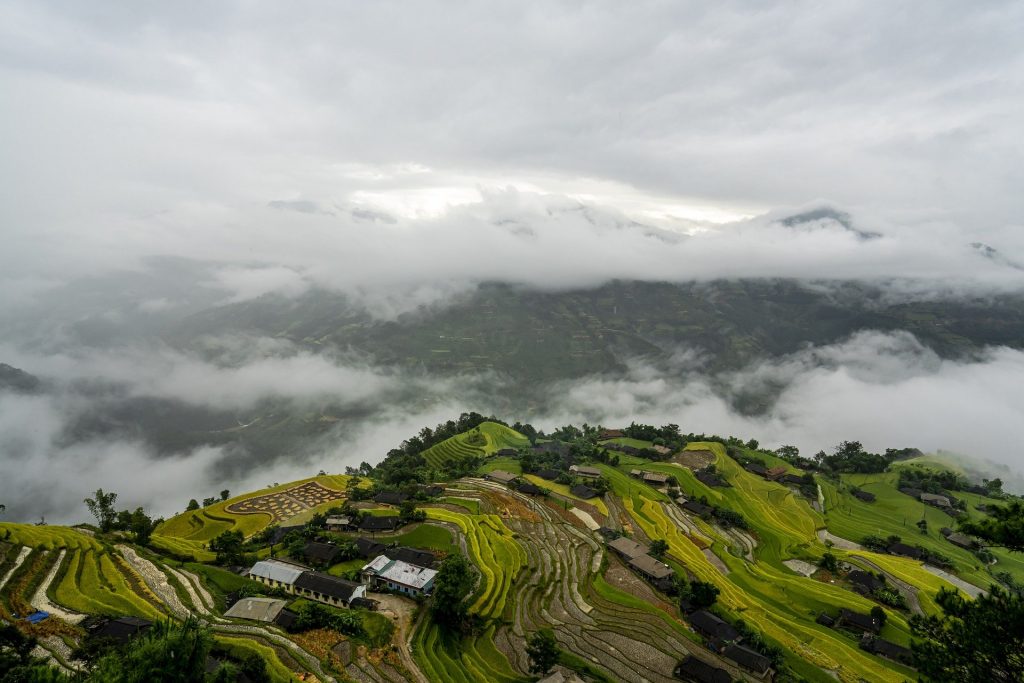
All of that came to a crashing and tragic end in the late 50s. Back to back years in 1958, ‘59 and ‘60 saw a catastrophic fall off in crop yields. The resultant famine saw the death of as many as 60 million people through starvation. Something needed to change. However, reforms to the Hukou system were only gradual and restrictions were not granted lightly, allowing more people to seek employment and better living conditions in cities took a while to establish itself.
Government initiatives such as the “Go West” strategy and the development of Special Economic Zones (SEZs) encouraged migration by creating job opportunities and improving infrastructure in urban areas. However, even this began as a cautious policy. From 1979 to 1983, farmers were allowed to migrate to urban areas on the condition that they provide their own food. It wasn’t until 1984 when this restriction was lifted that the floodgates really opened and by 1992 the migration was actively encouraged by the government. Additionally, policies aimed at reducing rural poverty and modernizing agriculture have allowed for fewer people to produce the requisite food requirements and freeing many rural residents to seek better prospects in cities.
Chinese Mega Cities
There is a great deal of debate regarding how to measure city sizes with no consensus. If measured by the ‘city proper’ designation (all people living within the city limits) then China occupies 6 of the 10 largest cities on earth. Chongqing, Shanghai, Beijing, Chengdu, Guangzhou and Shenzhen, all of which contain more than 17 million people each. There are a staggering 105 cities in China with more than 1 million residents. lity
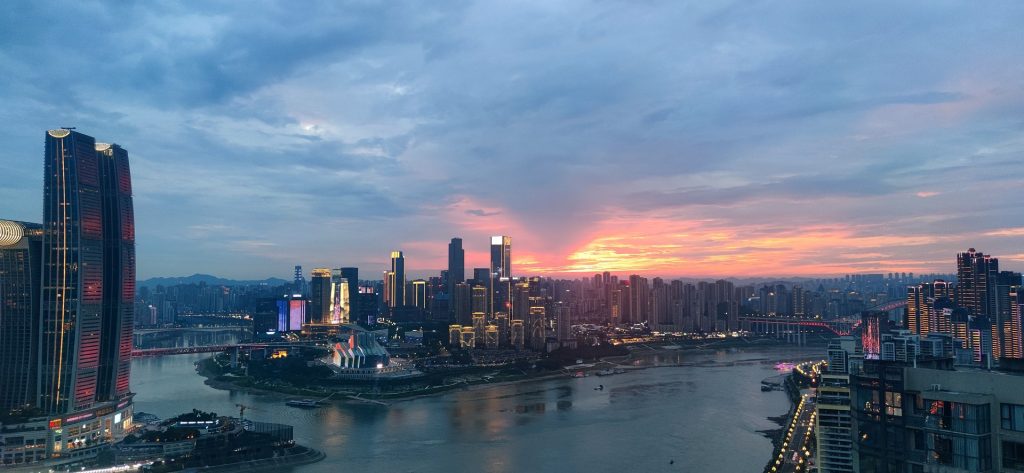
The migration of millions of people to urban areas has been both a cause and a consequence of China’s rapid economic growth. Urban centers have become the engines of economic development, attracting investment and fostering innovation. The influx of labor has fueled the manufacturing and service sectors, contributing to China’s emergence as a global economic powerhouse. Outsourcing of manufacturing from western countries has become so standard that the ‘made in china’ label on goods has become ubiquitous.
The economic opportunities in cities have significantly improved the living standards of many migrants, allowing them to access better education, healthcare, and housing. However, this growth has also led to challenges, including income inequality, housing shortages, and environmental degradation.
Zombie Factories and Unborn Cities
One of the ironies of the race for Chinese urbanization comes from the highly centralised state and top down planning. The frenzy of building speculation by both the state and well connected private enterprise has led to some significant over production of residential, commercial and industrial infrastructure. Much of this is simple over production, but some can also be attributed to a lack of understanding of the demand in specific areas.
Head to the remote Inner Mongolian region of Ordos, to Ordos City. In the early 2000s the region experienced a coal mining boom. In anticipation, the Kangbashi New area was built to house 1 million residents. It had impressive civic buildings, large open squares and amenities for residents, along with hundreds of tower blocks. It was an impressive feat of civil engineering, the one issue was that virtually no-one lived there. The initial plan to have 1 million people was dropped in 2016 to 300,000 and then in 2019 to just 100,000 people, and even this target is in jeopardy.
The majority of the real estate was, and still is, owned by wealthy and speculative investors who simply sit on the property in the hope of better days. The phenomenon is common enough to have attracted its own lexicon. ‘Unborn Cities’ or ‘Ghost Cities’ for those cities that were never occupied from construction, ‘Zombie Cities’ for cities that have such low population that they require state intervention to keep alive.
One of the more bizarre examples of ghost cities is the city of Tianducheng. Here, a life sized replica of Paris has been built complete with Eiffel tower, Arc de Triomphe, Champs Elise, and grand Parisian boulevards lined with elegant facades. As of 2021 it is thought that the population of the city is just 1,000 residents.
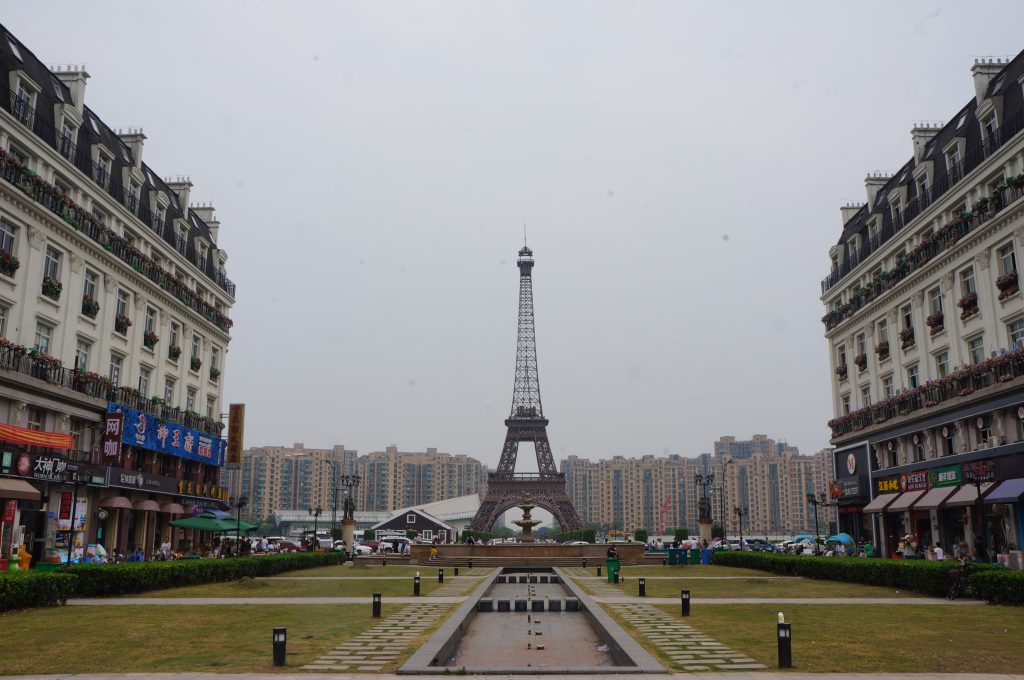
If not entire cities then unborn neighborhoods may be an even greater challenge. In 2021 the city of Kunming demolished an entire neighborhood of 15 skyscrapers that had been standing entirely empty since their construction. Also in Kunming, the gloriously confusingly named ‘evergrand spender city’ is a neighborhood that could accommodate 60,000 people. Official statistics state that the neighborhood is home to 30,000, however, every available retail unit is shuttered, the schools and kindergartens are empty of children, and the streets are empty.
This highlights one of the more pernicious issues with understanding the nature of Chinese ghost towns. Information in China is tightly controlled and any information that may show China in a bad light is often suppressed or restricted. While some of these cities have eventually become thriving urban centers, others remain underpopulated, representing a significant investment without immediate returns. There is even some speculation that such construction projects are initiated by the state knowing that they will be demolished with no prospects of residential takeup simply to prop up employment in specific sectors or regions, a claim that is strongly denied by the Chinese state.
Alongside the growth of Zombie Towns, there is also the phenomenon of “zombie factories”. Zombie factories are industrial plants that continue to operate despite being unprofitable, often sustained by government subsidies. These factories are often highly efficient at what they produce, but with no market for their goods, they contribute to overall economic inefficiency and environmental pollution. They also pose a challenge to sustainable development. The issue is such a significant one that world markets for goods such as steel, aluminum and cement have been flooded. Chinese companies dump their oversupply onto world markets which has led to depression of prices and volatility of markets. Significant responses from both the EU and US have included imposition of tariffs and trade protections.
A healthy environment
The rapid urbanization in China has brought about various health risks. Air pollution, a significant issue in many Chinese cities, poses serious health threats to urban residents. Despite being virtually new, environmental standards and controls are lax and often not enforced. Industrial emissions, vehicle exhaust, and construction dust contribute to poor air quality. A globally significant area of pollution is the use of coal fired power stations. It is estimated that China has 1,161 active coal fired power stations. leading to respiratory diseases, cardiovascular problems, and other health issues.
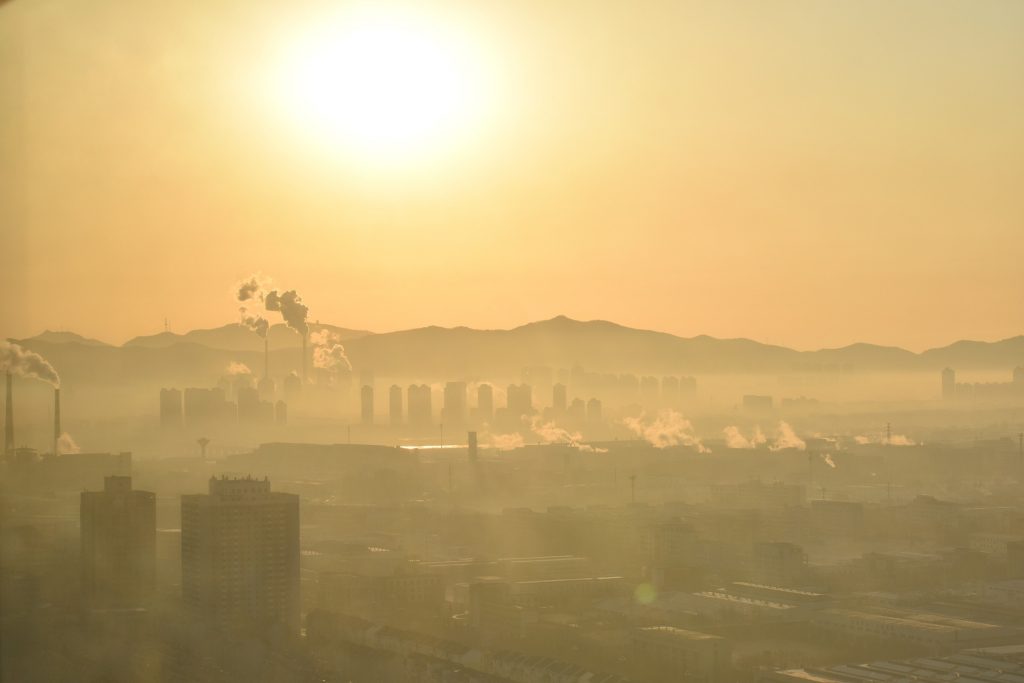
The overcrowding of urban areas also strains public health infrastructure, making it challenging to provide adequate healthcare services to the growing population. Migrant workers, in particular, often face barriers to accessing healthcare due to the remnants of the hukou system and lack of social security coverage.
Urban expansion has led to the loss of agricultural land, deforestation, and habitat destruction. Animals such as the South China Tiger, the Chinese Aligator, the Chinese Gibbon are all endangered. The Chinese Paddlefish, once common in the Yangtse and Yellow rivers was officially declared extinct in 2022. Additionally, the increased demand for resources such as water and energy has put pressure on the environment, leading to issues such as water scarcity and pollution.
The Chinese government has taken steps to address these environmental challenges by implementing policies aimed at promoting sustainable development. These include measures to reduce industrial emissions, improve waste management, and promote the use of renewable energy sources.
Those left behind
While urban areas have benefited from economic growth and development, rural areas have experienced equally significant changes as a result of mass migration. The exodus of working-age individuals from rural communities has led to labor shortages in agriculture and related industries. This demographic shift has forced many rural families to adapt by mechanizing agricultural processes, which is itself maybe not a bad thing, or shifting to less labor-intensive crops.
Additionally, the outmigration of younger individuals has left behind an aging population in rural areas. This has created challenges in providing adequate healthcare, social services, and economic opportunities for the elderly. The Chinese government has recognized these issues and implemented various policies to support rural development, including investments in infrastructure, healthcare, and education.
The migration from rural to urban areas has also led to significant social and cultural changes in China. Migrants often face challenges in integrating into urban society. Whilst China has only one written language that everyone can understand, there are some 300 spoken languages that are often entirely foreign to each other. As with any country the size of western Europe, regional differences in culture, social norms, etiquette and tradition can often clash. Forcing all of these different cultures together over a short period of time has sometimes resulted in social tensions, discrimination and crime between different ethnic groups.
Future Focus
While rural to urban migration presents challenges, it also offers opportunities for growth and development. The movement of people from rural areas to cities has the potential to drive innovation, increase productivity, and improve living standards. However, it is essential to address the associated challenges to ensure that the benefits of urbanization are realized for all segments of society.
Investing in education and skills training for migrants can help them adapt to the demands of urban labor markets and improve their economic prospects. Additionally, improving social services and infrastructure in both urban and rural areas can help mitigate the negative impacts of migration and create a more inclusive society.
The future of rural to urban migration in China will be shaped by various factors, including economic trends, government policies, global politics and technological advancements. As China continues to develop, the focus is likely to shift towards creating more balanced and sustainable urbanization. There are already policies in place to dampen the lightening fast growth rate to a more sustainable level.
Efforts to improve urban planning, enhance infrastructure, and promote sustainable development will be crucial for ensuring that China’s cities can accommodate the growing population while maintaining a high quality of life. Additionally, policies aimed at reducing regional disparities and supporting rural development will be essential to create a more balanced and equitable society.
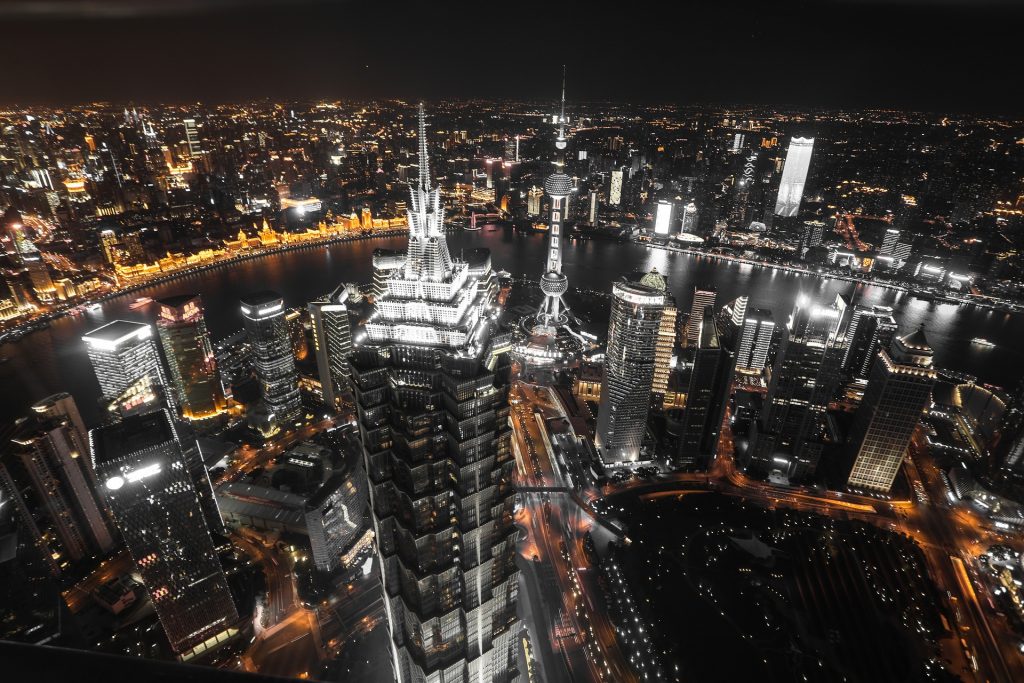
Final Thoughts
The rural to urban migration of the Chinese population is a complex and multifaceted phenomenon that has reshaped the country’s demographic landscape. Driven by economic opportunities and government policies, this migration has led to the rapid growth of urban centers and significant economic development. However, it has also brought about challenges, including health risks, environmental issues, and the rise of zombie factories and unborn cities.
Addressing these challenges and promoting sustainable development will be crucial for ensuring a prosperous and equitable future for China. Efforts to improve urban planning, enhance infrastructure, and support rural development will play a key role in creating a balanced and inclusive society. As China continues to urbanize, the lessons learned from its past experiences and those of other countries will be essential in guiding its path forward.
Ultimately, the story of rural to urban migration in China is one of transformation and adaptation. It reflects the country’s remarkable ability to undergo rapid change while striving to improve the lives of its people. The continued focus on sustainable and inclusive development will be essential in shaping a future where both urban and rural areas can thrive.

